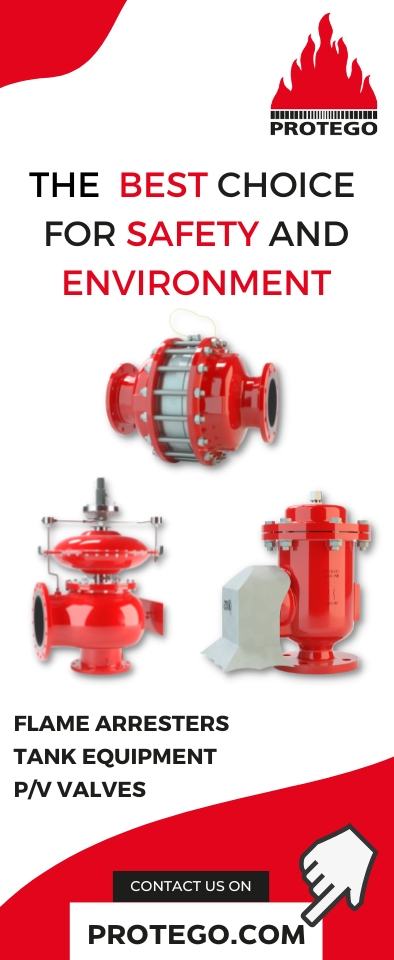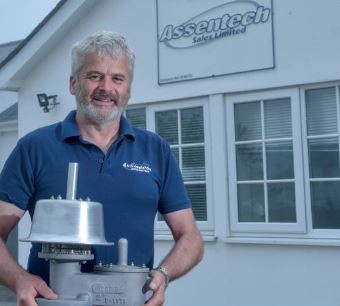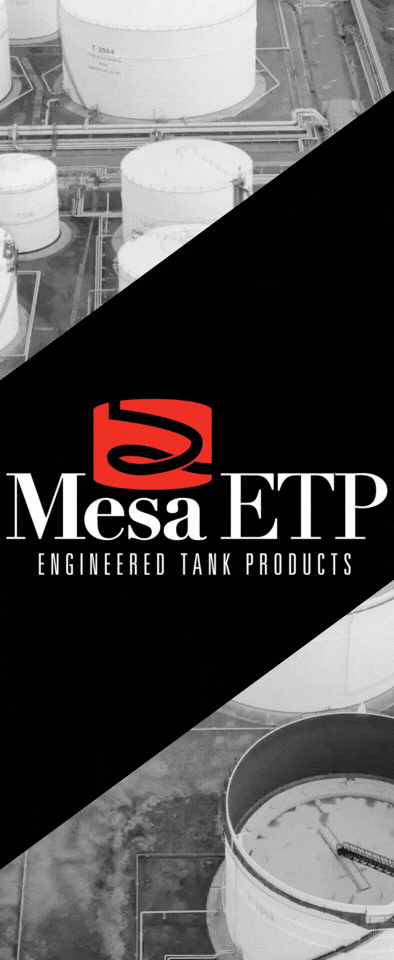Assentech’s MD Ewart Cox explains why testing breather vents is so important to ensure ESG compliance
As the world comes to terms with the consequences of climate change all forward thinking businesses are forming environmental policies and adapting to meet the expectations of investors, the pubic and the regulators.
Good corporate governance is at the centre of all successful businesses. A strong lead has been taken by the four biggest accountancy firms to create structure of reporting that reflects the Paris Agreement at COP21 in 2015. The target of this agreement is to curb global warming to less than 1.5°C compared to pre-industrial levels by mid-century.
This long-term temperature goal requires reaching global peaking of greenhouse gas emissions as soon as possible.
It is from these leading accountancy firms that the acronym ESG has arisen. That is environmental, social and governance management and is has largely been adopted by the majority of publicly listed businesses around the world as a core value for the present and into the future.
Mark Carney, UN envoy for climate change has stated that ‘those companies who finance and invest in adapting will be seen as part of the solution and will be rewarded whereas those that do not adapt or invest will be seen as part of the problem and will be punished.’
Companies in the tank storage industry have an excellent framework of best practice to reduce emissions. All international valve standards have leak rate test protocols that can be used to prevent fugitive emissions. The good news is that reducing these emissions results in better retention of volatile products in storage facilities so quality is maintained. Additional benefits include a safer, cleaner, less odorous working environment for staff and neighbours.
International standards like API2000 are viewed as best practice in atmospheric and low pressure storage tank venting design, manufacture and application since the 1960s. Calibration and leak testing has formed a part of this standard right from the beginning. Initially as a safety bulleting and since 2008 it has been defined in section 5.4 as a production test that all valves must be subjected to prior to shipment to the customer.
This test and the certificate issued for every valve forms a critical step in a Hazop review to confirm functionality of the valve and that it has been assembled correctly. Without this the customer/operator has no confirmation that the valve will work until it is placed on the tank which in most cases is a £1 million
(€1.17 million) plus asset that is essential to the operation. If the valve has been fitted with the wrong weights or pressure and vacuum pallets swapped by mistake the first indication of an issue will be when the tank collapses.
In addition to basic functional safety this test certificate can now be used to demonstrate a company’s route to net zero. Assentech has recognised the importance of this data for companies seeking to demonstrate incremental improvement as part of their ISO14001 environmental management policy.
A shocking fact is that the majority of tank breather valve manufacturers do little or no individual valve testing or certification to section 5.4 prior to shipment. It is the responsibility of the buyer to insist on an individual leak test certificate. A general certificate of conformity does not prove individual valve performance and cannot be used as part of a sustainability program. These manufacturers are well aware of their responsibilities within the standards but have decided to cut costs in an area that has been hitherto undetected. They are well versed in avoiding the subject so persevere because ultimately it is the end user that takes responsibility for integrity of equipment used on their site.
UK-based equipment specialist Assentech has achieved the highest possible level of testing a certification in the tank breather valve industry through the use of state-of-the-art technology and artificial intelligence.
‘Testing breather vents is surprising challenging when done manually,’ says Assentech’s MD Ewart Cox. ‘Because these tests are conducted on modulating valves the balance of flow control and measurement of change in pressure retained requires focus and detailed knowledge of the standards, and integrity of the test technician. ‘
Assentech’s automatic test technology enables the machine to take pressure readings every 200 milliseconds referencing complex algorithms to make decisions on whether to increase or decrease flow through automatic flow controllers. This produces highly accurate and repeatable results in a fraction of the time taken by a manual test. The control system has an artificial brain that instantly profiles the performance of a valve based on its reactions to changes in flow.
‘It’s fascinating to see the bench produce results faster every time it tests the same valve,’ Cox adds. ‘All decision making is built into the programming so there is no need for the technician to have detailed knowledge of the standards. Because the results cannot be influenced by the operator the results are 100% verified. This is a revolution in valve testing.’
Certificates are instantly transferrable to a smart phone by clicking on the QR code.
With the bench officially launched in August 2021 Assentech is receiving a lot of interest, enquiries and orders from service companies and operators
seeking to reduce emissions and meet ESG commitments.
‘We recently purchased two brand
new valves for test R&D purposes,’ explains Cox.
The bench is programmed to certify the leak rate over a 12 month period in addition to the standard parameters. These valves were very different in terms of performance but looked very similar. One 2” (5 cm) valve produced a leak rate equivalent to 1738 m³/year and the other 3” valve only leaked 4 m³/year.
‘That is a huge difference and choosing the right valve could make a significant benefit to both the operators profitability and the environment,’ adds Cox.
Some companies struggle to reduce emissions due to difficulties in manufacturing or the potential return on investment. Assentech’s solution produces a roadmap for huge reductions in emissions and improved profitability. In many cases payback is in less than 15 months and compliance exceeds the regulators expectations. A true win/win solution. This reduction in emissions could also be offset against more difficult challenges that may take longer to resolve.
For more information:
This article was written by Ewart Cox, managing director, Assentech:
www.assentech.co.uk











